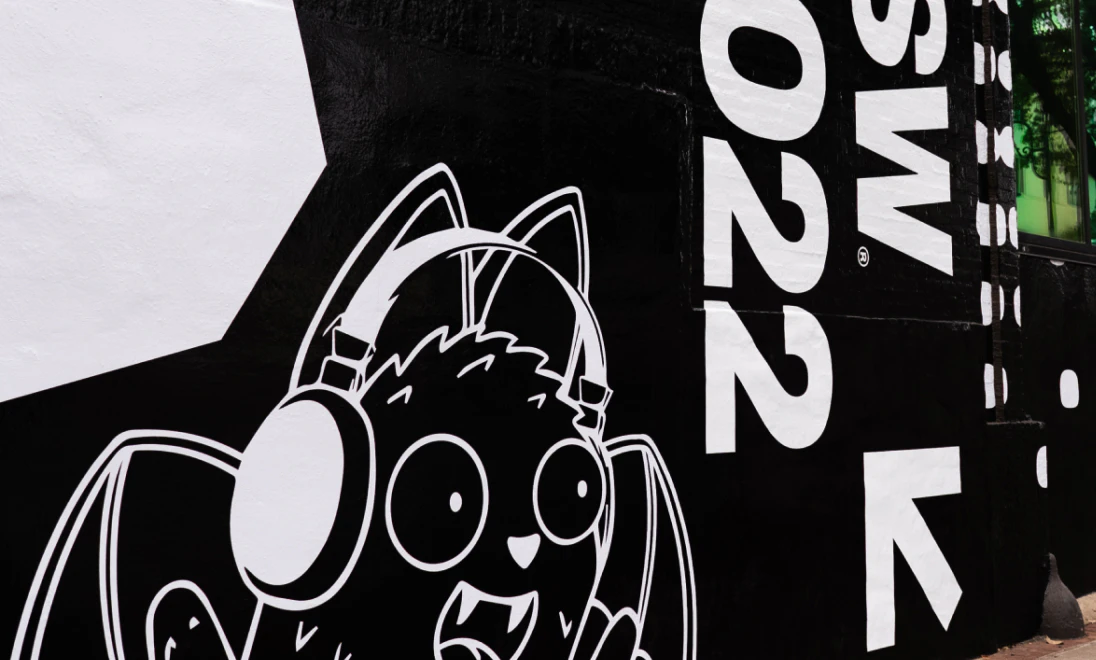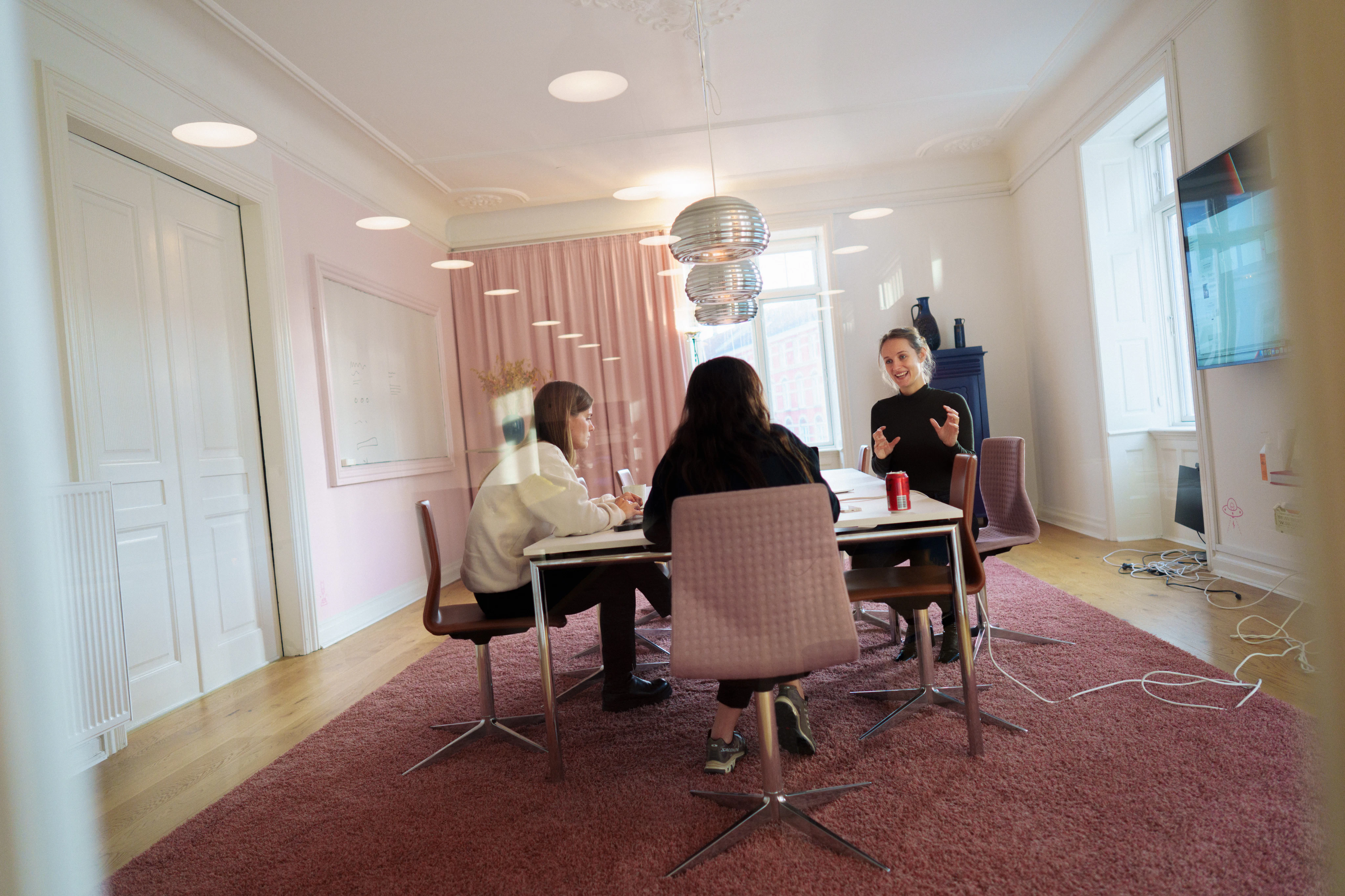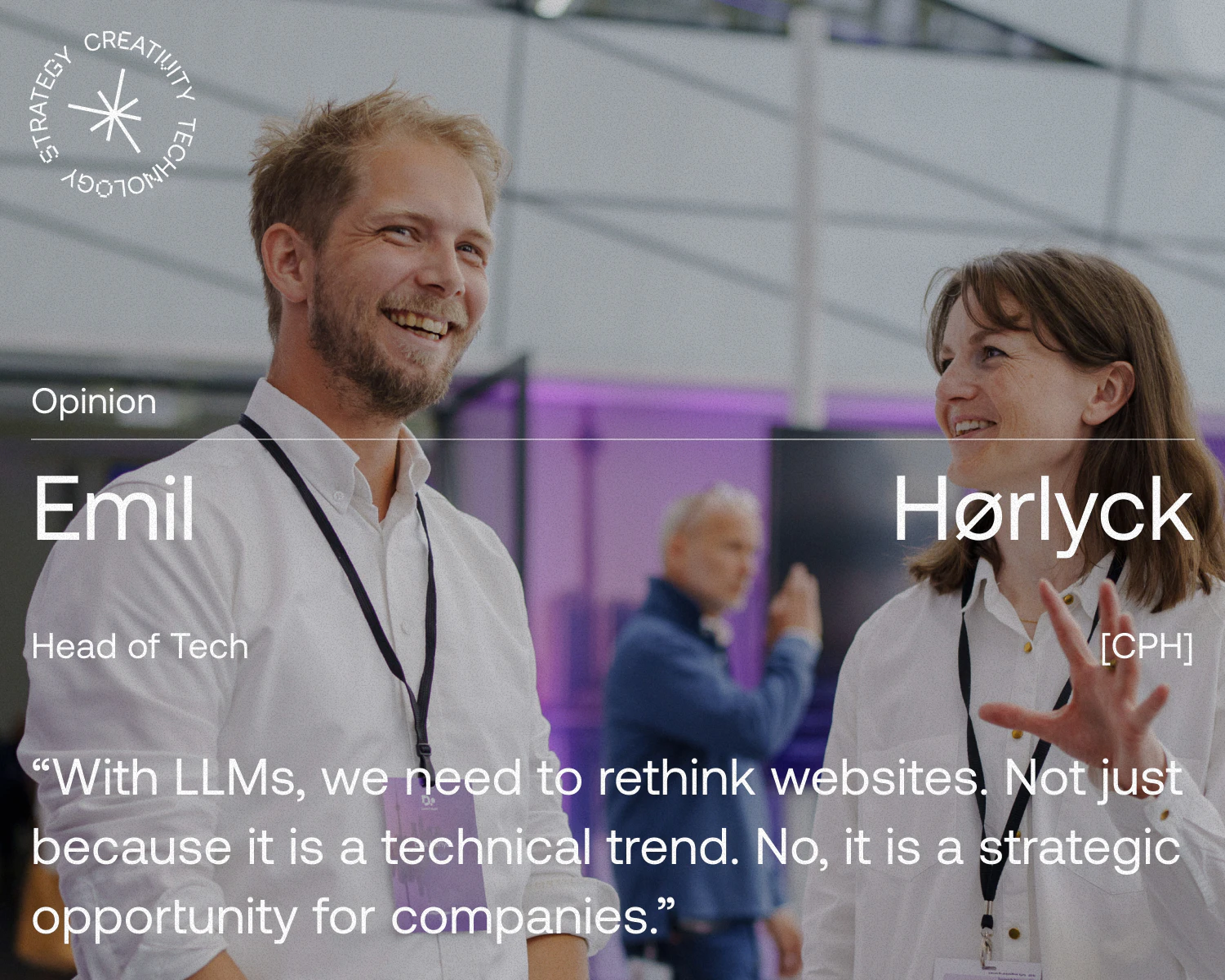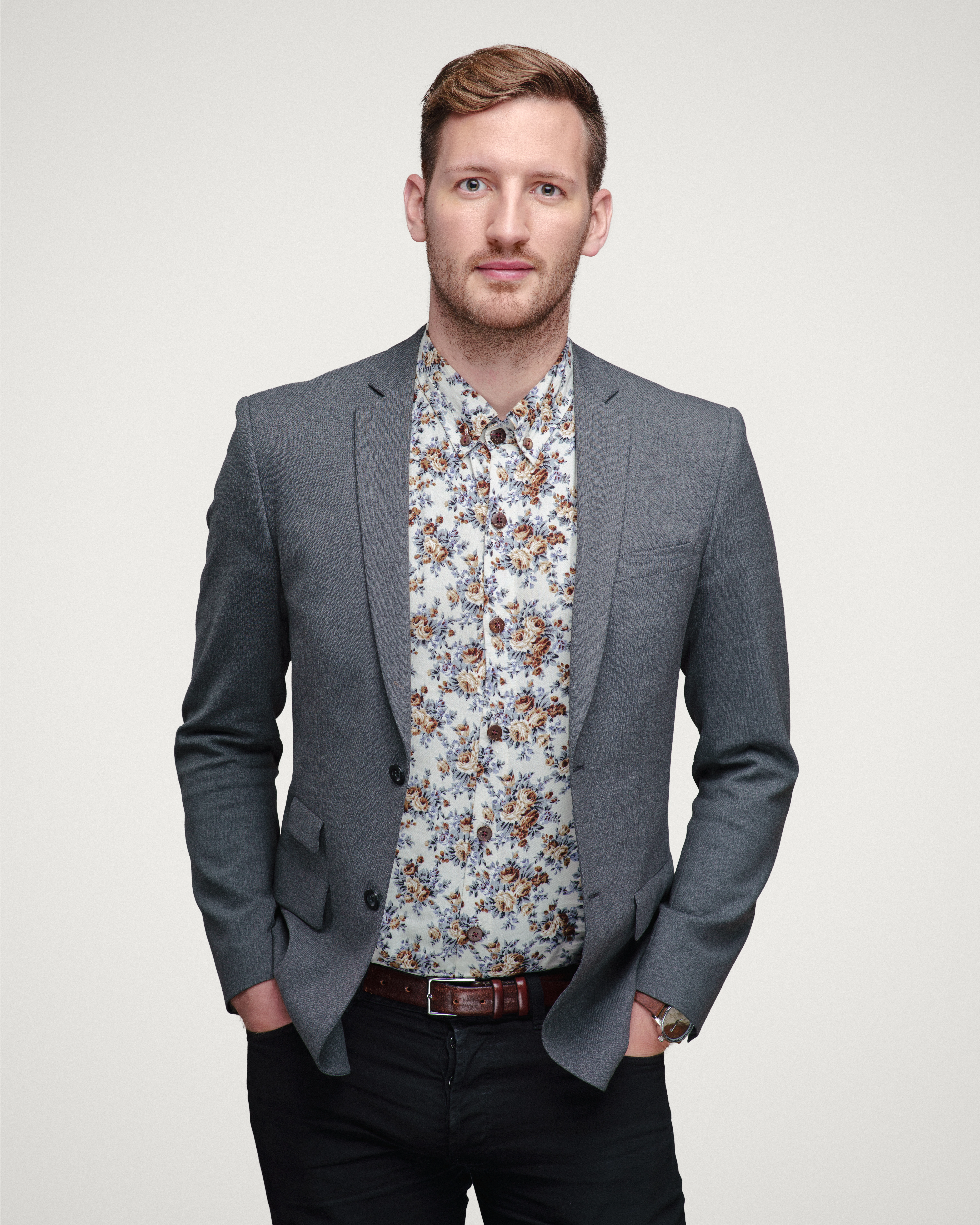Sensory marketing was a hot topic at South by Southwest this year. VR and AR technology is maturing, and experts predict we'll see more multi-sensory experiences engaging audiences with everything from visuals and audio to smell and touch.
But why wait for the prevalence of complex technologies like VR glasses with smell diffusers to create good sensory brand experiences? Why not start with something as simple as sound?
Sound has a great potential to create feelings, memories, and immersive experiences, and unlike VR technologies sound experiences are currently accessible to a broad range of audiences. For years, brands like Netflix, Apple, and Etsy have worked with sonic logos, push notifications, and user feedback sounds to strengthen their brand identities and increase brand recall numbers. In that sense, sonic branding is not new, but many businesses still neglect the power of audio in their brand strategies and marketing efforts.
After her talk on designing experiences with the untapped potential of sound, we had the opportunity to have a short chat with Lauren Mcguire from Made Music Studio. Lauren works with creating sonic brand experiences in digital spaces, web3, and everywhere sound and music can be iconic and enduring.
If you have a visual strategy, you should also have a sonic strategy, says Lauren. Here, we’ve gathered 3 reasons why:
The audio experience can influence your customer's behavior across many touchpoints. In the physical space, we’ve seen brands working on their audio design in retail for many years, but unfortunately, we still see examples of large retail chains blasting out the same playlists repeatedly. However, playing "call me maybe" every day precisely at 1 pm might make your employees miserable (and as Lauren puts it Carly Rae's song deserves better!). The sound design in retail must be focused on the human experience to boost and energize employees to make more meaningful interactions with their customers. New technologies like Spatial's audio tools create the potential to design audio experiences that affect behavior. You can experiment using sound to influence how people move, where they are attracted to, where they sit, and where conversations happen. That way, you can create an environment that inspires employees' wellness, productivity, and joy and a better shopping experience for customers.
What if you're an online business? Why would you care? Whether you are Gen X, Y Z, or any other letter in the alphabet, you’ve probably had a gaming experience in your childhood. We all know the sounds of action and reward, and these sounds are clinically proven to affect us. It makes us feel a sense of accomplishment and achievement. It gives us that little dopamine hit that elevates our shopping experience and makes people return to our platform. Not only can UX sounds guide us in our digital experience with positive and negative sounds - but as a brand, you can also use sonic identifiers to activate memory encoding and build customer loyalty over time. It’s important to note that it should always be optional to turn off sound in digital user experiences since some users can be annoyed. However, many people do want a sound-on experience.
Lastly, sounds can play a significant role when your customers adapt to new technologies and products. During her talk, Lauren gave an example from the Virgin Hyperloop - a super speed ground-level transportation system currently being tested. As human beings, we are not used to traveling in something moving really fast that makes no sound. It is a scary experience. Therefore, fake motor sounds have been added to the pods to make the experience more comfortable. Having a heritage of sound that brings in new technology is something that companies like Apple also work with when launching new products. For instance, when launching the Ipad, they used the same sounds as their computers. That way, Apple helped their customers adapt to the new Ipad experience through sounds that built learned behavior over time. As Lauren puts it: The future will not sound like the future. It will sound like the past.
Currently on mute? Hit us up if you want to discuss the potential of sonic branding for your business.



